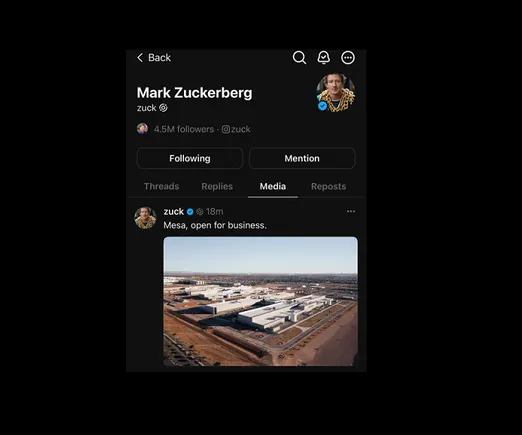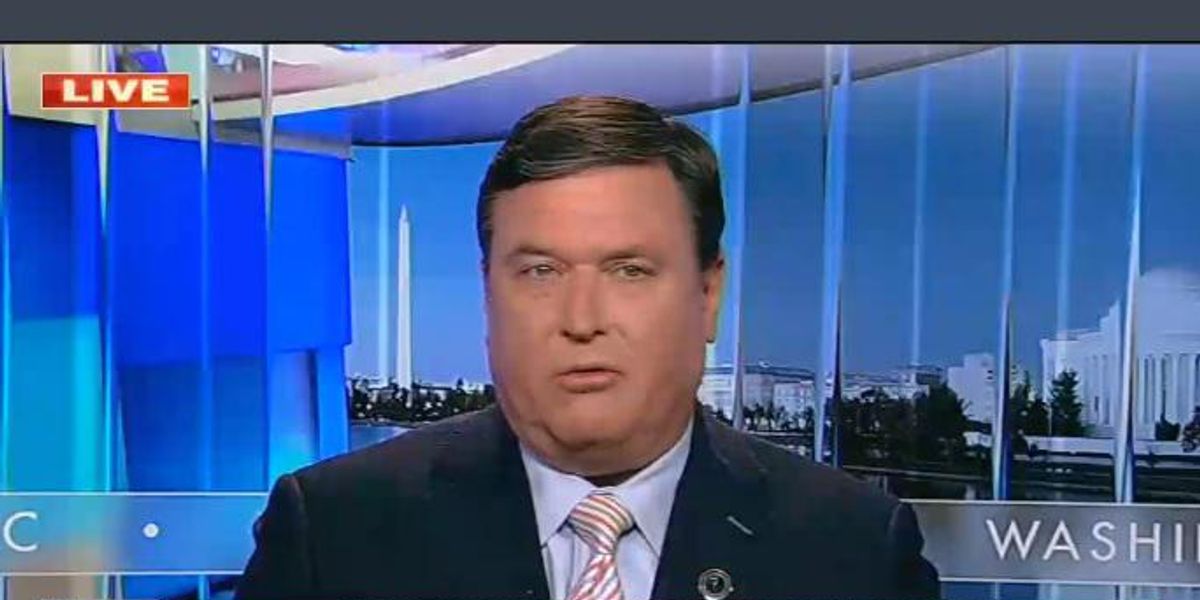BRASILIA BRAZIL JANUARY 08: Security forces clash with supporters of the former President Jair Bolsonaro … [+]
Brazilian police were interrogating around 1,000 supporters of Jair Bolsonaro, a far-right ex-president who was detained Monday after the attack on the nation’s Congress and Supreme Court. The attack on government buildings that took place Sunday was quite shocking but there were warning signs for several months.
This was months in preparation, but it was obvious that this was coming. The misinformation/disinformation had been spreading since October,” explained Dr. Jeff Treistman, assistant professor of International Affairs in the National Security Department at the University of New Haven.
Treistman said, “It wasn’t too surprising and there were even serious worries that there might be a coup.”
Yet, it appeared that the signs and portents were completely missed — or at least ignored — by the social media platforms. Supporters of Bolsonaro, the former president of Brazil, vowed on social media for months they’d take to the streets to protest against his left-leaning successor, Luiz Inácio Lula da Silva.
Those same platforms reacted slowly as the protesters stormed the government buildings – an eerily similar sight to the January 6, 2021, U.S. Capitol Building riot. Even though efforts were made to stop them spreading, images and videos were posted in real time on WhatsApp groups as well as on Twitter.
Starting An Inferno
Commentaries on social media have made it seem that even the smallest spark can become an inferno. However, this phenomenon isn’t new.
Dr. Robert Sanders, associate professor in the National Security Department of the University of New Haven, noted how the Tulsa Riots of 1921 began slowly by word of mouth, before 35 square blocks of a neighborhood – at the time one of the wealthiest black communities in the United States, colloquially known as “Black Wall Street” – was destroyed in one of the worst race riots in our country’s history.
Sanders explained that someone said something about a young man of African descent raping an innocent white girl. The newspaper then appeared and took on its own life.” The newspaper took several days to heat up because it needed to be printed and distributed to the public. By simply entering a message into a social media platform, someone can now reach an audience just by pressing a button. Sending out a tweet is all it takes to mobilise a fringe group.
This lack of accountability makes it easier to disinformation the world and spread misinformation.
Sanders cautions, “There’s no one figure like Walter Cronkite that is responsible for determining what facts are.” Everybody with a social-media account can be the editor and decide how nuanced the message should be.
There is a resurgence of domestic terrorism
It is not new to be able to turn a large crowd into an angry political frenzy. This year will mark the 100th anniversary of the Munich Beer Hall Putsch, the failed coup d’état by Nazi Party leader Adolf Hitler. It involved some 2,000 of his ardent supporters – and it was inspired by Benito Mussolini’s own March on Rome a year earlier.
Professor Kurt Braddock from American University, Assistant Professor of Public Communication and School of Communication said that “terrorism” originated in France’s Reign of Terror. “What is changing the game now is that modern communication – notably social media – facilitates coordination of action in a way not previously possible.”
Moreover, as social media has become an echo chamber for those with similar views, it is bringing those with fringe ideas – if not actual ideology – together.
Braddock added that “Social media lacks an alternative voice.” “This can result in the spread of misinformation and disinformation, where a big lie becomes the truth – something that is right out of the playbook of the Soviet Union. A lie that is large enough is not the truth.
A Threat to Democracy
It is possible that misinformation or disinformation may spread more quickly than the actual news.
Treistman stated that “What’s different is that so many people now have access to social networking, which results in so much more misinformation being spread.” As people become persuaded and encouraged by others with the same viewpoints, many find what they read as reliable, often without verifying if true.
You can use this to increase the force of fringe groups.
“Mini-and-undeveloped movements can gain followers as their opinions are amplified,” said Sanders. “We can expect a charismatic leader – like a Bolsonaro – to spin a narrative. They can also invent grievances which can lead to a new life and could cause anger among their supporters.
It is good to know that this information can be brought out on social media. However, social media platforms didn’t do much to address the problem, as we saw in Brazil over months.












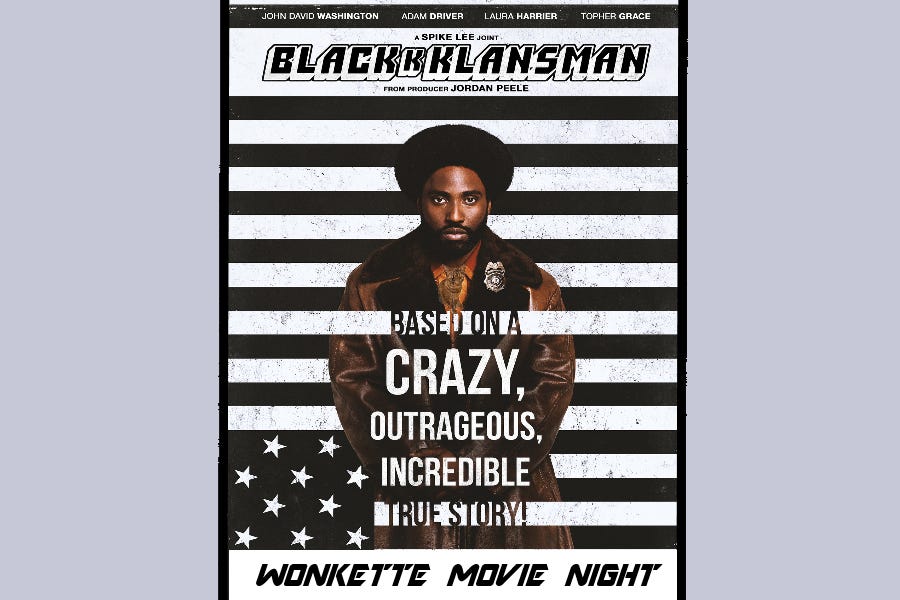
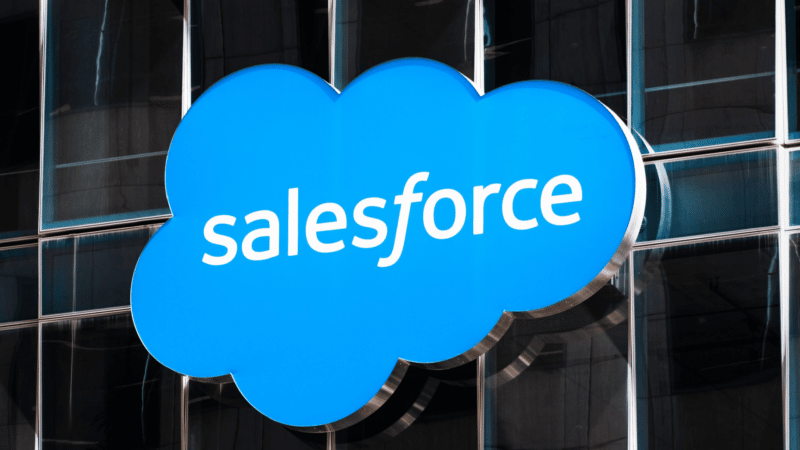




























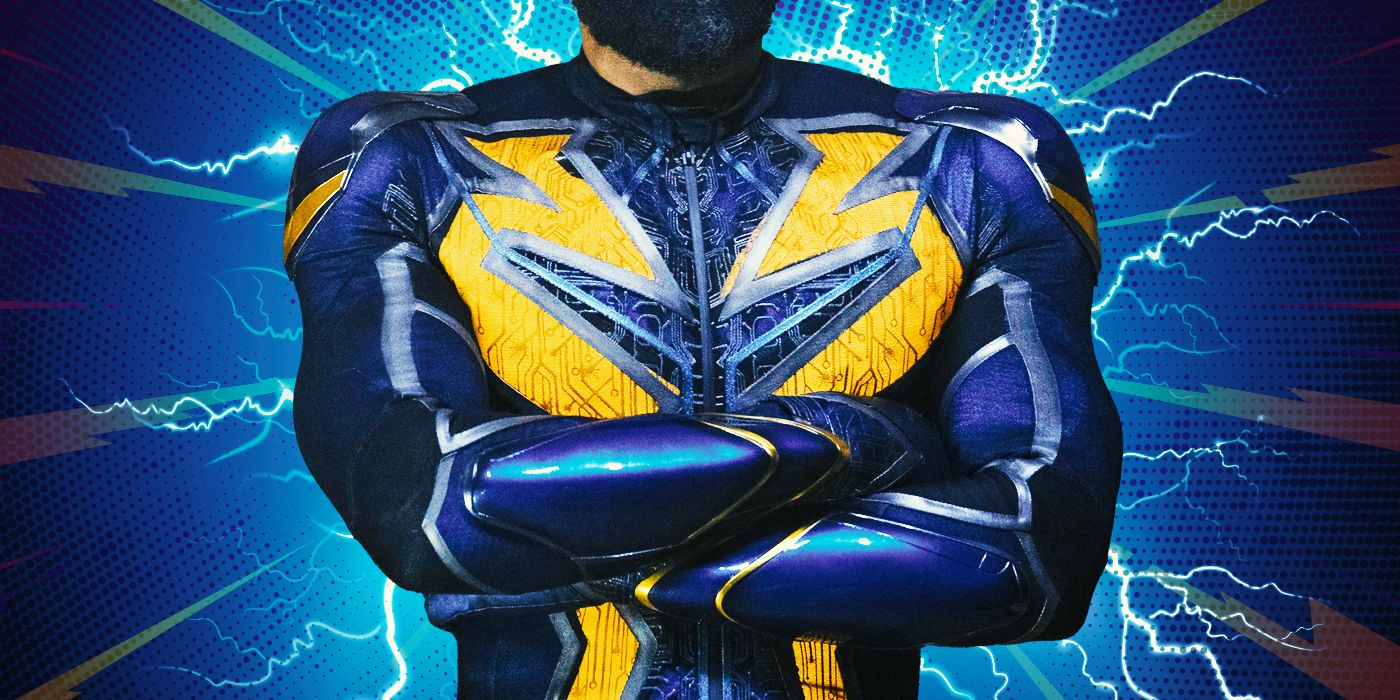





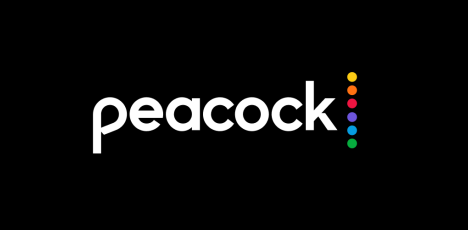






![A Visual Guide to TikTok Ads Manager [Infographic] A Visual Guide to TikTok Ads Manager [Infographic]](https://imgproxy.divecdn.com/9aaKOtRQYId9gEIRIiE2AgLnRsoeG1xVqz6aJuMegTo/g:ce/rs:fit:770:435/Z3M6Ly9kaXZlc2l0ZS1zdG9yYWdlL2RpdmVpbWFnZS90aWt0b2tfYWRfaW5mbzMucG5n.webp)

![The Social Media Funnel Explained [Infographic] The Social Media Funnel Explained [Infographic]](https://imgproxy.divecdn.com/6ikpva2mP7mvhaHG4yj_J6dzhXnEZMvZFDHDbI6Qucs/g:ce/rs:fit:770:435/Z3M6Ly9kaXZlc2l0ZS1zdG9yYWdlL2RpdmVpbWFnZS9zb2NpYWxfbWVkaWFfZnVubmVsX2luZm9ncmFwaGljMi5wbmc=.webp)

